Description
Parameters and Specifications:
Analog Input: It offers 32 channels for analog input.
Analog Output: It has 4 channels for analog output.
Digital I/O: It provides 8 channels of digital I/O.
Maximum Sampling Rate: The device can achieve a maximum sampling rate of 1 ms/s.
Resolution: It has a resolution of 16 bits.
Communication Interface: The SCXI-1349 utilizes a USB communication interface.
Dimensions and Weight:
Dimensions: According to some sources, the dimensions of the NI SCXI-1349 are approximately 9.5″ x 5.5″ x 2.0″ (length x width x height). However, another source indicates a different dimension of 7.2 x 6.8 x 1.2 inches. It’s always advisable to refer to the official specifications for the most accurate dimensions.
Weight: The weight is specified as 1.5 pounds or 2KG. It’s important to note that these values may vary depending on the specific configuration or accessories included.
Features:
High-Performance Acquisition: The SCXI-1349 is designed for high-speed and high-resolution data acquisition, suitable for various measurement and control applications.
Multi-Channel Capability: With 32 analog input channels, it can handle multiple signals simultaneously, enhancing measurement efficiency.
Versatile Connectivity: The USB communication interface allows for easy integration into various systems and networks.
Modular Design: The SCXI-1349 can be easily integrated with other SCXI modules, providing flexibility and scalability.
Functions and Applications:
Data Acquisition: The SCXI-1349 is used to acquire analog and digital signals from various sensors and transducers.
Signal Conditioning: It may also include signal conditioning circuitry to convert, amplify, or filter the acquired signals.
System Integration: The device can be seamlessly integrated into larger measurement and automation systems, such as those used in industrial control, research and development, or test and measurement applications.









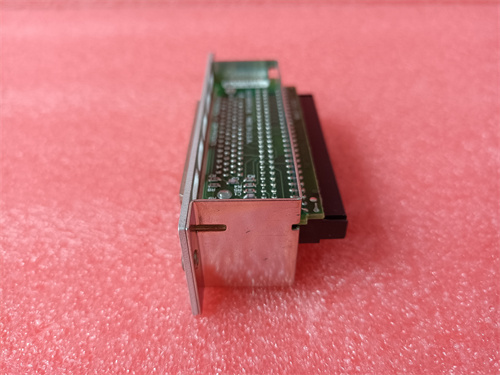




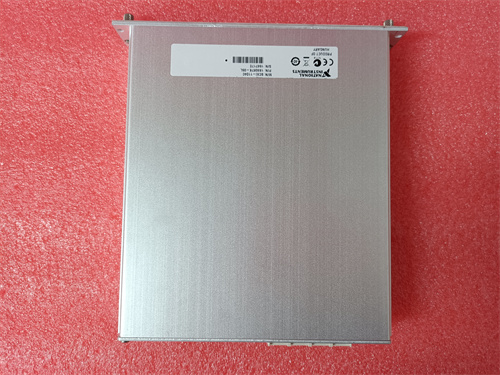
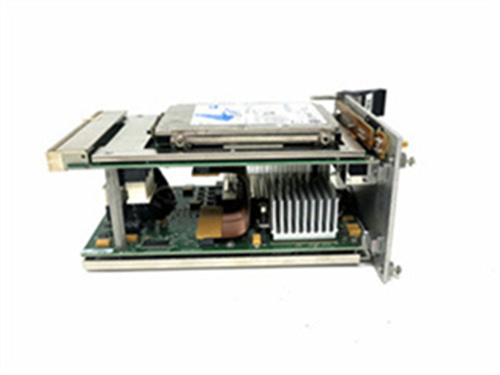
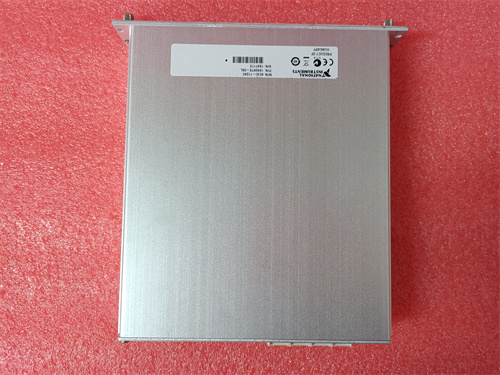
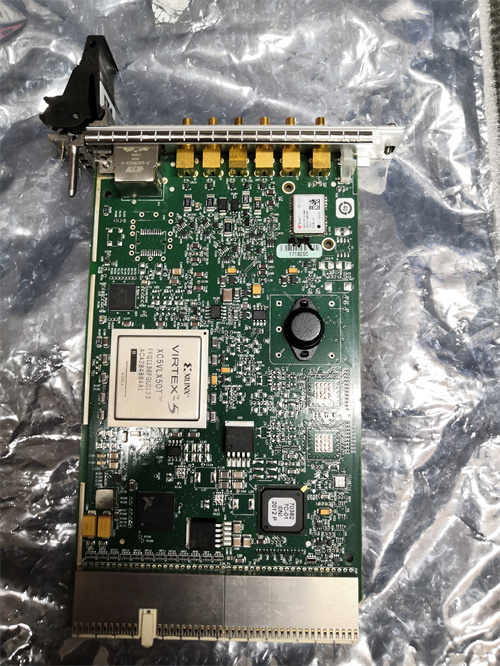
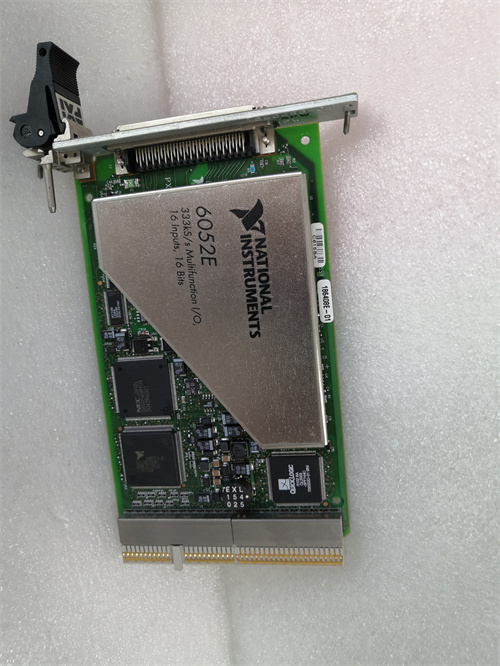

Reviews
There are no reviews yet.